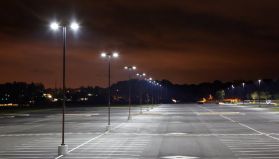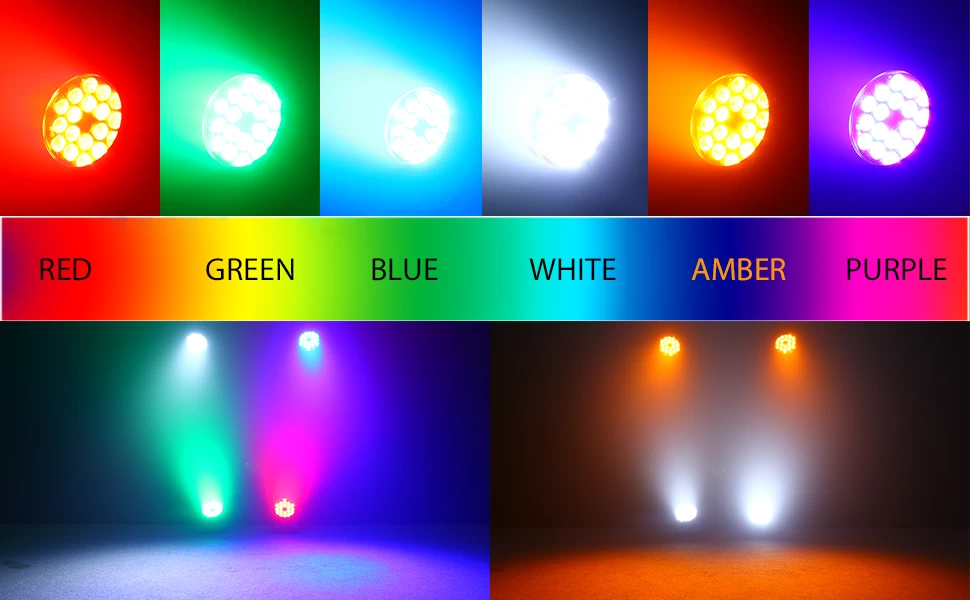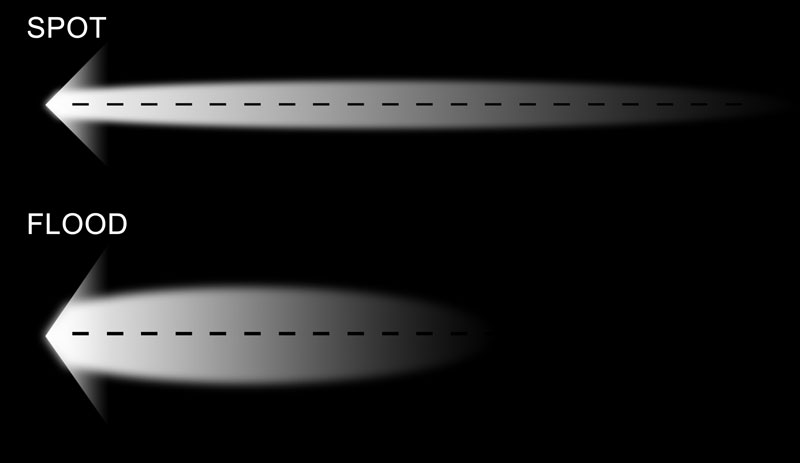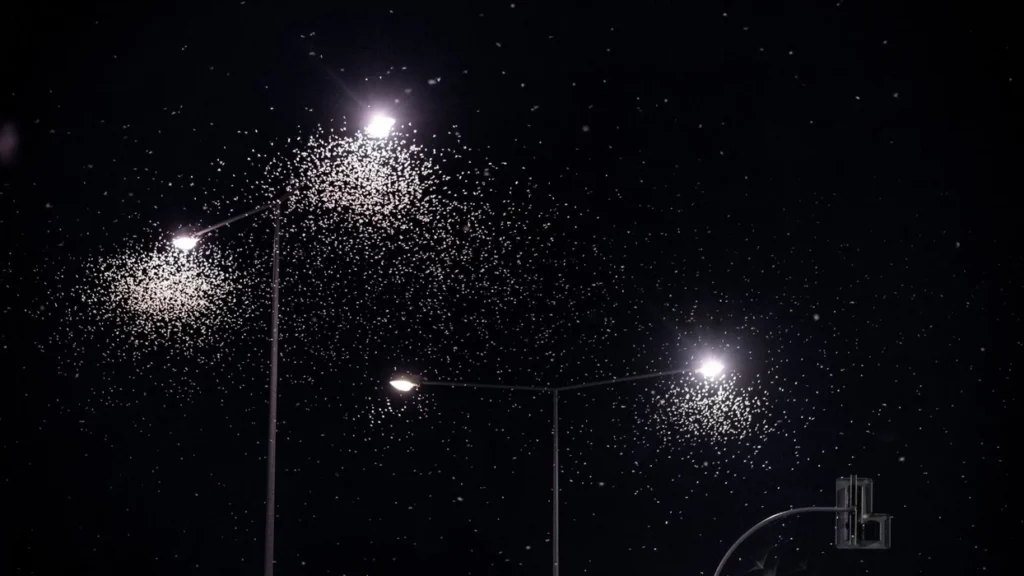Índice
ToggleIntroducción
La invención de la bombilla revolucionó la forma en que los seres humanos interactúan con su entorno. Pero ¿quién fabricó la bombilla, quién la inventó? ¿Y cuál es la historia completa de su creación? ¿Fue realmente Thomas Edison u otros merecen el mérito? Mientras exploramos las contribuciones de los primeros inventores, las mejoras introducidas a lo largo del tiempo y los avances modernos de empresas como LedRhythm.
Quién inventó/hizo la bombilla: Los pioneros
Hay un error muy común sobre la invención de la bombilla: Thomas Edison fue el único inventor. En realidad, la invención de la bombilla fue el resultado de un esfuerzo multifacético, siendo la contribución clave de Edison el perfeccionamiento y la comercialización de la luz incandescente práctica.
En la creación de la bombilla participaron muchos inventores, entre ellos Humphry Davy, Joseph Swan y Thomas Edison.


Quién inventó la bombilla en 1806
En 1806, Humphry Davy demostró por primera vez la luz de arco eléctrico. Fue la primera vez que el ser humano utilizó la electricidad para producir luz, pero no era una bombilla en el sentido moderno. Era muy brillante, pero consumía mucha electricidad y tenía una vida corta, por lo que su uso no estaba muy extendido.
Warren de la Rue, 1840
Colocar un hilo de platino en un tubo de vidrio al vacío y aplicarle electricidad para que emita luz es muy eficaz, pero el platino es caro y, por tanto, poco práctico.
Joseph Swan, Gran Bretaña, 1850-1878
En 1860, fabricó un prototipo de lámpara incandescente de filamento de carbono, pero la inmadura tecnología de vacío hizo que el filamento se oxidara rápidamente.
En 1878 (un año antes que Edison), hizo una demostración pública de una bombilla de filamento de carbono que utilizaba una tecnología de vacío mejorada. Obtuvo una patente en el Reino Unido y comenzó a instalarla a pequeña escala.
El gran avance de Edison (1879)
Inventó la bombilla incandescente de larga duración y bajo coste para uso comercial y doméstico, utilizando un filamento de carbono y una bombilla de vidrio llena de vacío.
22 de octubre de 1879: Su equipo consigue que una bombilla de filamento de carbono brille 14,5 horas seguidas, y más tarde lo mejora hasta 1.200 horas. Diseñó un sistema completo de suministro de energía: generador, cableado, interruptores, fusibles, etc., haciendo que la iluminación eléctrica fuera viable para su uso a gran escala.
que inventó la bombilla.
No fue el primero en crear la bombilla, pero su diseño era estable, fabricable y apto para el uso doméstico. Aunque el mérito de Edison es generalizado, lo cierto es que la invención de la bombilla fue un esfuerzo colectivo que duró décadas.

Creador de bombillas
El viaje comenzó a principios del siglo XIX con la lámpara de arco de Davy. Edison patentó su versión en 1879, pero la cuestión de quién inventó la primera bombilla sigue siendo controvertida.
Quién inventó la bombilla
| Creador | Año | Contribución |
|---|---|---|
| Humphry Davy | 1806 | Lámpara de arco eléctrico |
| Joseph Swan | 1850-1878 | Primera bombilla de filamento de carbono |
| Thomas Edison | 1879 | Práctica bombilla incandescente |
La primera bombilla eléctrica y su evolución
Humphry Davy inventó la lámpara de arco. Aunque era brillante, era voluminosa, tenía grandes pérdidas y no era adecuada para uso doméstico. No era una auténtica bombilla.
| Año | Invención / Mejora | Características principales |
|---|---|---|
| 1806 | Lámpara de arco (Humphry Davy) | Primera luz eléctrica de arco de carbono; demasiado grande para uso doméstico |
| 1841 | Bombilla de filamento de platino (Warren de la Rue) | Bombilla de vidrio al vacío con hilo de platino; demasiado cara para comercializarla |
| 1854 | La primera bombilla de filamento de carbono (Heinrich Göbel) | Se reivindica el uso temprano de filamento de bambú carbonizado; contribución discutida |
| 1878-1879 | Bombilla incandescente práctica (Joseph Swan y Thomas Edison) | Bombilla sellada al vacío con filamento de carbono; duradera y comercializable |
| 1906+ | Bombilla de filamento de tungsteno | Mayor eficiencia y durabilidad; estándar en los hogares desde hace décadas |
| Finales del siglo XX | Fluorescentes compactos y bombillas LED | Ahorro de energía, larga vida útil; sustituye gradualmente a las bombillas incandescentes |
¿Quién inventó realmente la bombilla?
La disputa sobre quién inventó la bombilla continúa hasta nuestros días. La bombilla no fue inventada por una sola persona, sino por una serie de científicos a lo largo de décadas. El meollo del debate radica en la definición de "invención": ¿quién fue el primero en idear el concepto, quién diseñó por primera vez un dispositivo práctico o quién lo comercializó por primera vez?
La capacidad de Edison para comercializar su diseño le convierte en el más reconocido, pero no se pueden ignorar las contribuciones de Davy, Swan y otros.
¿Quién patentó la bombilla?
Joseph Swan y Thomas Edison inventaron las bombillas incandescentes casi simultáneamente. Swan demandó a Edison por violación de patente en el Reino Unido. Las dos empresas acabaron llegando a un acuerdo y se fusionaron en 1883 para formar la "Edison & Swan Company".
Las optimizaciones finales del diseño de Edison incluyeron:
- Utilización de un filamento carbonizado
- Aumentar el nivel de vacío
- Proporcionar un sistema de corriente estable (generación + distribución + alumbrado)
En octubre de 1879, Edison encendió con éxito una bombilla que duraba más de 40 horas y solicitó la patente.
¿Cómo mejoró Thomas Edison la bombilla?
- Tras probar más de 1.600 materiales (platino, bambú, hilo de algodón, etc.), se decidieron por el filamento de algodón carbonizado (1879).
- Crearon una bombilla de vidrio de alto vacío y, en colaboración con cristaleros, prolongaron considerablemente su vida útil.
- 22 de octubre de 1879: El equipo logra con éxito un resplandor continuo de 14,5 horas para una bombilla de filamento de carbono, mejorándolo posteriormente a 1.200 horas.
- Diseñaron un sistema completo de suministro eléctrico: generador, cableado, interruptores, fusibles, etc., que permitió generalizar el uso del alumbrado eléctrico.
Reflexiones finales
La bombilla no fue inventada de la noche a la mañana por una sola persona, sino que fue el resultado de casi un siglo de perfeccionamiento continuo por parte de múltiples inventores. Thomas Edison es ampliamente reconocido como la figura clave para comercializar y hacer práctica la bombilla, mientras que la posterior bombilla de filamento de tungsteno marcó realmente el comienzo de la era de la iluminación.
Desde los experimentos de Davy hasta los descubrimientos de Edison y las innovaciones contemporáneas de LedRhythm, la historia de la bombilla demuestra la persistente búsqueda de avances por parte de la humanidad.
La gente también pregunta
¿Quién obtuvo la patente de la bombilla?
Muchos inventores de bombillas a lo largo de la historia han obtenido patentes, como Joseph Swan y Thomas Edison.
| Inventor | País | Número de patente/Año | Enfoque técnico | Situación jurídica |
|---|---|---|---|---|
| Joseph Swan | Reino Unido | 1860, 1878 | Bombilla de filamento de carbono al vacío | Lideró el mercado británico, más tarde se fusionó con Edison. |
| Edison | Estados Unidos | 223,898 (1880) | Práctico sistema de filamento de carbono + fuente de alimentación | Patente establecida en Estados Unidos tras seis años de litigios. |
| Sawyer y Mann | Estados Unidos | 205,144 (1878) | Bombilla de varilla de carbono | Cubierto por la patente de Edison |
| Woodward | Canadá | 3,738 (1874) | Bombilla de varilla de carbono rellena de nitrógeno | Patente vendida a Edison |
¿Quién inventó la bombilla?
Humphry Davy fue el primero en inventar la bombilla. En 1806 inventó la lámpara de arco, que se basaba en el principio de la descarga de gas para generar luz. Esto sentó las bases para el desarrollo de la bombilla.
¿Cuándo se inventó la bombilla?
- En 1806, Humphry Davy inventa la lámpara de arco eléctrico.
- En 1879, Thomas Edison inventó la bombilla incandescente.
Fueron dos momentos decisivos.
¿Es Edison el fundador de la bombilla?
Aún se discute quién inventó la bombilla.
Edison no puede ser considerado el inventor de la bombilla, ya que Humphry Davy demostró el primer prototipo. Tampoco puede considerarse a Edison el inventor de la bombilla incandescente, ya que Joseph Swan la inventó más o menos al mismo tiempo.
¿Quién diseñó la bombilla?
El diseño práctico de la bombilla fue desarrollado conjuntamente por Joseph Swan y Thomas Edison.
Swan fue pionero en la bombilla de filamento de carbono al vacío en 1878 y obtuvo una patente británica. En 1879, Edison optimizó el material del filamento y desarrolló un sistema de alimentación eléctrica que permitió la comercialización a gran escala. Con el tiempo, las dos empresas fusionaron sus patentes para promover la adopción mundial.








